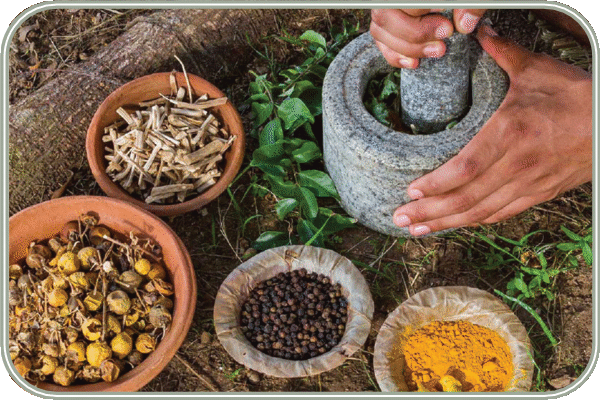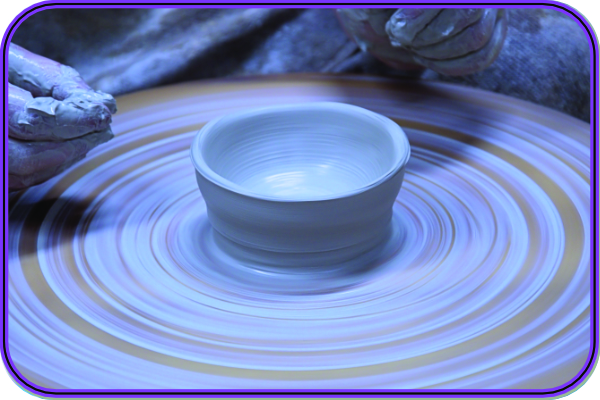When energy freezes
In the subtle vision of Traditional Chinese Medicine (TCM), life is movement. Qi, Blood, and Body Fluids must circulate freely, like breath through branches, like a stream flowing between stones. This vital flow sustains health, mental clarity, and peace of mind. But sometimes, this current slows down. It swirls without moving forward, becomes murky, thickens… and eventually stagnates.
This phenomenon is called stagnation. It is not a static state, but a gradual, often insidious imbalance that can give rise to most modern chronic ailments. When energy ceases to flow, life becomes heavier, more strained… sometimes painful. This stagnation is at the root of many pathologies.
Repressed emotions
Stagnation can affect different levels. The most frequent is Qi stagnation, particularly in the Liver, the organ that governs the free flow of energy throughout the body. This imbalance is directly linked to repressed, unexpressed emotions, stress, frustration, and even suppressed anger. Modern humans are saturated with it. The signs are often subtle but revealing: tension in the sides, frequent sighing, fluctuating moods, chest tightness, menstrual irregularities, and even depression.
When stagnation persists, it deepens. The Blood, in turn, can cease to circulate harmoniously. This is known as Blood stasis. This type of stagnation is denser and more deeply rooted. It manifests as fixed, localized pain, often nocturnal, and sometimes intense. It is the root cause of many gynecological disorders—endometriosis, fibroids, painful periods—as well as lumps, nodules, and abnormal scarring.
On another level, stagnation can affect bodily fluids, leading to an accumulation of moisture or mucus. This creates a state of physical and mental heaviness: slow digestion, sticky fatigue, a coated tongue, heavy limbs, phlegm, and mental confusion. This is a gentle, slow, invisible—but persistent—stagnation.
When inflammation sets in
Sometimes, the nature of this stagnation evolves further. Excessively stagnant Qi generates heat through friction. This phenomenon is feared in Traditional Chinese Medicine (TCM): the stagnation then transforms into heat. This internal fire can manifest as inflammation, irritability, redness, a sensation of localized heat, or even bleeding or skin disorders. This marks a turning point in the imbalance: at this stage, the blockage is no longer simply trying to release itself—it is attacking.
This stagnant fire can take root in the tissues and develop into complex pathological forms. This is referred to as “phlegm-heat” (Tan Re), a form of pathogenic accumulation that infiltrates the deep organs, forming hard, hot, painful masses. Thus, from the perspective of Traditional Chinese Medicine (TCM), certain degenerative processes such as cysts, nodules, or even tumors can take root not through external aggression, but through unresolved internal accumulation.
This imbalance affects all ages and all social classes. Women are often more susceptible due to the cyclical nature of their blood and their deep connection to the Liver and Uterus. However, men, children, the elderly, and those with sedentary or hyperactive lifestyles are also at risk.
Signs of stagnation
Because stagnation doesn’t arise directly from a lack of physical movement; it primarily stems from emotional imbalances.
- The Liver governs anger and emotional flexibility. Its stagnation hinders adaptation and mental fluidity.
- The Heart governs the spirit (Shen); persistent stagnation disrupts the Shen.
- The Spleen, weakened by excessive rumination or worry, can produce Phlegm that blocks the mind.
- The Kidneys, in cases of deficiency, can deprive the Heart and Liver of their Yin or Yang foundation.
It’s possible to experience this stagnation before it becomes pathological. Heavy digestion, a slightly purplish tongue, diffuse aches and pains, disturbed sleep, and an irregular menstrual cycle are signs of stagnation. Similarly, a constant need to sigh, and a feeling of blockage in the throat or solar plexus are also signs.
A suitable diet
In Traditional Chinese Medicine (TCM), stagnation is treated with herbal medicine, acupuncture, and, of course, diet. What we eat is not only matter but also information. A suitable diet can prevent stagnation or dissipate existing stagnation.
When Liver Qi is blocked, a light, ascending spring diet is recommended. This promotes free circulation. Green vegetables, sprouts, aromatic herbs such as mint, white radish, celery, citrus fruits, and light green tea are powerful allies. Conversely, excess fats, red meat, refined sugar, or alcohol worsen internal pressure.
When Blood stagnates, a blood-vitalizing diet is recommended. Red foods, which are nourishing and blood-thinning, are most suitable: beets, black rice, quail eggs, goji berries, carrots, and a touch of natural red wine. Anything cold, processed, or too salty should be avoided.
A personalized treatment
To combat dampness stagnation, often linked to a weakened Spleen, a drying and warming diet is preferred. Red beans, lotus seeds, pearl barley, dried ginger, white pepper, and steamed root vegetables are recommended. Dairy products, bananas, cold raw vegetables, and sugary juices are the main culprits in this process.
And when stagnation has already transformed into heat, it is necessary to soothe while simultaneously draining: lotus, chrysanthemum, white peony root, cooked cucumber, celery, bitter melon, and clear soups made with light legumes can then complement a more comprehensive strategy of gentle detoxification. Fire is not fought with cold, but with cool, orderly dampness.
However, the best results will be obtained by combining the various tools of Traditional Chinese Medicine (TCM), with a personalized diagnosis and treatment plan. It will often be valuable to add emotional support and physical exercise, or even qi gong.







0 Comments